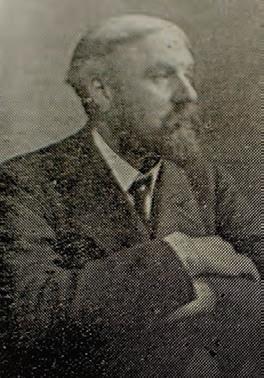DUNLAVIN
DUNL AVIN
– Chris Lawlor
The ‘Dunlavin tragedy’: Murder, suicide and the execution of William Mitchell in 1921 In 1920, due to a shortage of Royal Irish Constabulary recruits in Ireland at the height of the War of Independence, the British authorities began to recruit new members in Britain. These ‘Black and Tans’ carried out many atrocities during the war, including multiple killings of civilians throughout Ireland, but only one of them, Constable William Mitchell, was ever executed for murder. This crime occurred at Milltown, Dunlavin, on 2 February 1921. The story of the murder, the subsequent suicide of Mitchell’s co-accused, Constable Arthur Hardie, and the consequent court martial and execution of Mitchell, transfixed people throughout Ireland.1 The murder victim, Robert Dixon, was described in contemporary records as an ‘auctioneer’, but locally he was known as a ‘cattle dealer’ who had attended cattle sales the previous day and had cash in the house on the night he was murdered. Dixon was a justice of the peace and a leading figure in both Church of Ireland and wealthy landholding circles.2 His status may well explain Michell’s unique fate.3 In local lore, Mitchell is remembered as a Black and Tan, but contemporary records describe him as an RIC constable. However, Black and Tans were recruited as temporary constables, and so the apparent anomaly is moot. Conflicting reports also exist regarding Mitchell’s nationality. Contemporary press reports state that he was English, but the historical record shows that he was Irish,4 had emigrated to England, fought in World War One and returned to Ireland as a Black and Tan.5 Perhaps there was a reluctance in the Irish print media to claim a Black and Tan charged with murder as ‘one of our own’.
Court Martial On Monday 18 April 1921, at a court martial in the City Hall in Dublin, William Mitchell pleaded ‘not guilty’ to the charge that he did ‘at Milltown, Dunlavin, County Wicklow, on 2 February, murder Robert T. Dixon, JP’.6 Mitchell was
115




























